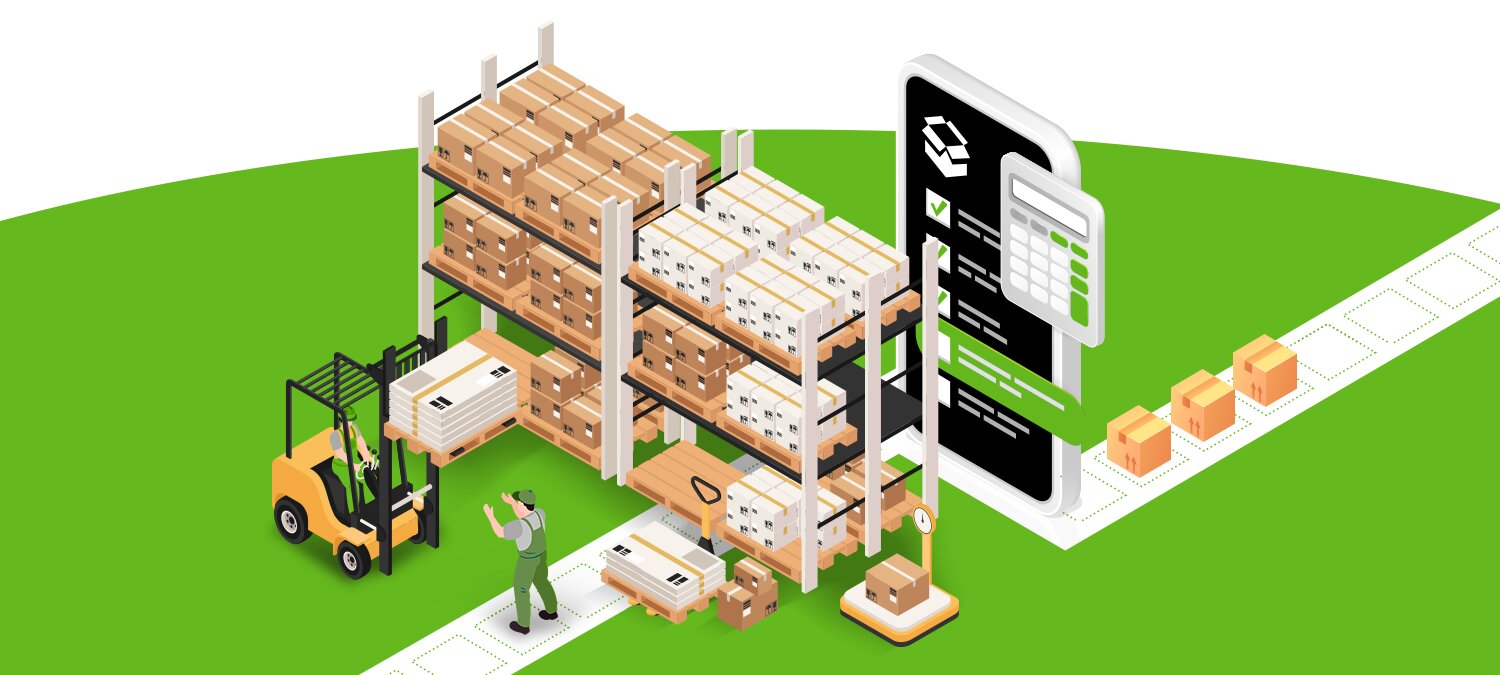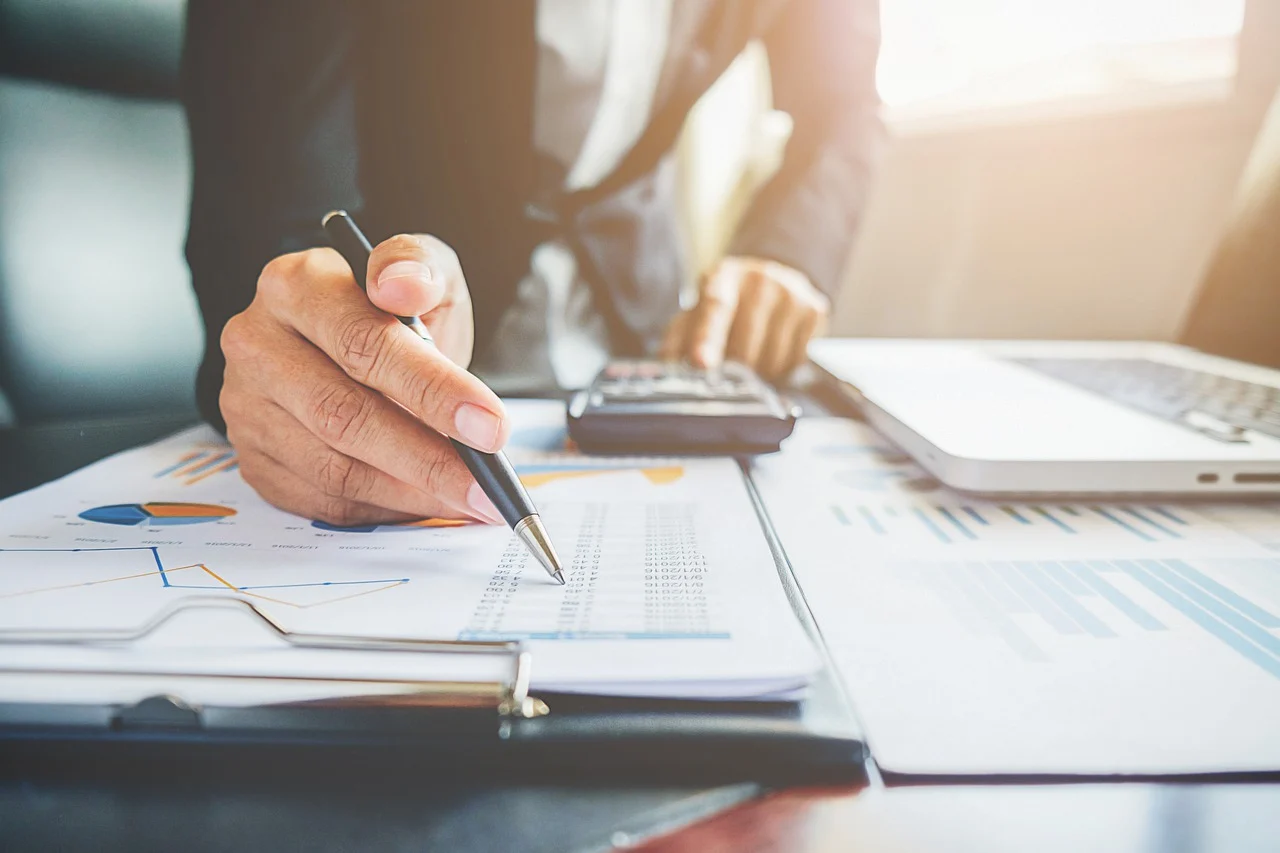Graph Machine Learning provides a new set of tools for processing community information and leveraging the power of the relationship between entities that may be used for predictive, modeling and analytics tasks. Their purpose, how they work, and how they can be applied in an extensive range of supervised and unsupervised learning applications.
You will then build an entire machine learning pipeline, which includes records processing, model training and prediction on the way to make the full potential of graph data. Moving ahead, you will cover actual world scenarios including extracting data from social networks, text analytics and natural language processing (NLP) using graphs and monetary transaction structures on graphs.
Finally, you will learn how to build and scale out records-driven applications for graph analytics to store, query and procedure community information, before progressing to discover the latest trends on graphs.
Machine Learning Graph
Machine Learning Graph (ML Graph) is a branch of machine learning that offers graph information. Graphs include nodes, which can have characteristic vectors related to them, and edges, which again may or may not have function vectors attached.
Machine Learning Graph has become a key method to solve issues through learning from historical records to patterns and predict future events. When we try to expect a goal output value based on given entered categorized data we are coming near the problem in a supervised fashion.
If the purpose is to find patterns in our records, where we frequently create clusters of information factors for that, then our technique is so-called unsupervised. Machine learning with graphs blends the line among this difference due to two key variations in approaching the problem.
Graph Learning
GL with the continuous penetration of artificial intelligence technologies, graph learning is gaining interest from both researchers and practitioners. GL proves powerful for many tasks, consisting of classification, link prediction and matching.
Generally, graph learning techniques extract applicable capabilities of graphs by taking advantage of machine learning algorithms. Special interest is paid to four classes of present graph learning strategies, including graph signal processing, matrix factorization, random walk and deep learning.
Learning Graph
Learning Graphs are a ubiquitous data shape, hired drastically within computer science and associated fields. Social networks, molecular graph structures, biological protein-protein networks, recommender structures, all of these domains and many more can be readily modeled as graphs. As a result of their ubiquity, graphs are the backbone of countless systems, permitting relational knowledge about intera entities to be successfully saved and accessed.
Graph Machine
Graph machines learn actual numbers from graphs. Basically, for every graph, a separate learning machine is built, whose algebraic shape includes the equal data as the graph.
Machine Learning Charts
- ML Regression
- KNN Classification
- ROC and PR Curves
- PCA Visualization
- AI/ML Apps with Dash
- T-SNE and UMAP projections
Graph Based Machine Learning
Graph based machine learning is a powerful tool which could easily be merged into ongoing efforts. Using modularity as an optimization purpose offers a principled technique to network detection. This is useful in many situations, making it a high candidate for your everyday toolbox.
Artificial Intelligence Graphs
Graphs encode intelligence in the form of models that describe the related contexts within which intelligence choices are executed. They can illuminate the transferring relationships among users, nodes, applications, edge devices and different entities. Graph-shaped data forms the backbone of our “new normal” existence.
There are three main types of graph embedding:
- Vertex
- Node
- embedding’s
Global Compliance Network (GCN) Tutorials
Global Compliance Network has over seventy tutorials available in OSHA, HR and Professional Development topics. GCN tutorials meet the minimum requirements for compliance as mandated by state and federal laws and are always updated.
- Access the Login Screen Enter
- Existing User
- Enter your Organization ID
- Enter your Personal ID
- The Tutorial Listing Page
- Viewing Tutorials
Learning curve chart
A learning curve chart is a correlation between a learner’s performance on a project and the number of attempts or time required to finish the project; this can be represented as a direct percentage on a graph.
Here are four types of a learning curve chart:
- Diminishing-Returns Learning Curve
- Increasing-Returns Learning Curve
- Increasing-Decreasing Return Learning Curve (the S-curve)
- Complex Learning Curve
GraphLab a New Framework for Parallel Machine Learning
Designing and implementing efficient, provably accurate parallel machine (ML) algorithms is challenging. Existing high level parallel abstractions like MapReduce are insufficiently expressive while low-degree tools like MPI and threads leave ML experts repeatedly fixing the same design challenges. By focusing on common patterns in ML, we evolved GraphLab.




